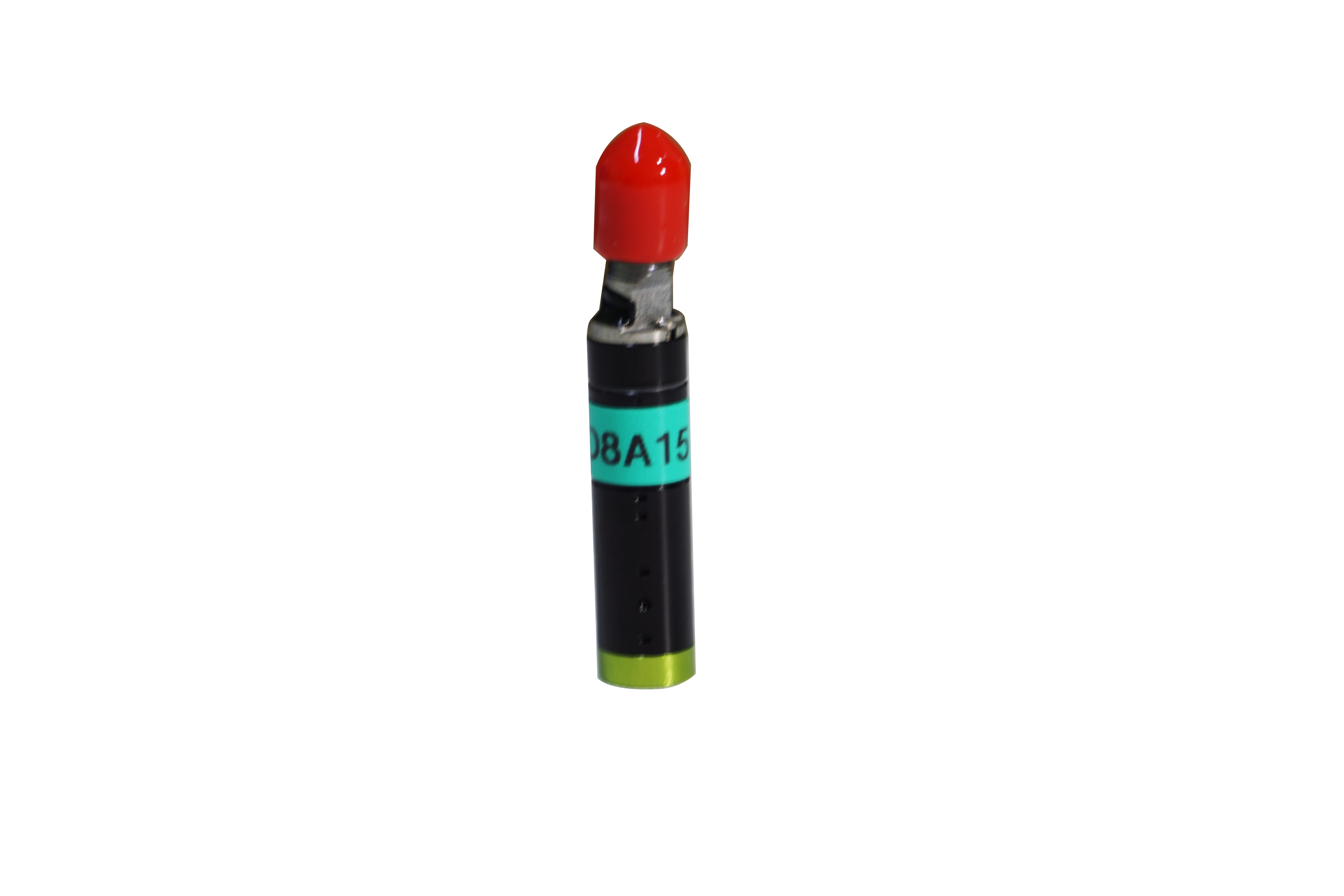2020-05-06
It is understood that reinforced composite fiber materials are increasingly used in the aerospace and automotive industries. The robustness and light weight of this material are particularly suitable for these industries. When fibers are damaged, special difficulties need to be overcome to repair them. The damaged part must be removed layer by layer to achieve thin layer reconstruction. The difficulty of this work is to avoid cutting fibers and spalling and delamination. So how is the laser displacement sensor applied to the repair of composite fiber materials?
Currently, similarly complex maintenance work is done manually. Modern displacement sensors enable automated, non-contact surface measurements and eliminate defects in the shortest possible time. To carry out maintenance on an aircraft, one company has developed a mobile module called Ultrasound, which is actually a set of five-axis processing units.

To identify component defects, a company used a laser displacement sensor and a laser profiler provided by vertical instrumentation technology to obtain the geometry of the defect. Since the equipment under test can be damaged at any location, it is necessary to measure the surface geometry before servicing. Laser displacement sensors must be able to measure a variety of surfaces, including painted, unpainted, and weathered surfaces.
To prevent secondary damage in the measurement, the measurement mission uses a 200 mm range vertical instrument series laser displacement sensor to measure away from the object being measured. After that, the surface is scanned with a series of vertical laser profile scanners (2D laser sensors) to obtain 3D topography data, and then repaired based on the corresponding data. Now do you understand how the laser displacement sensor is applied to the repair of composite fiber materials? If you have doubts, please call to consult the instrument spectrum confocal manufacturers.



